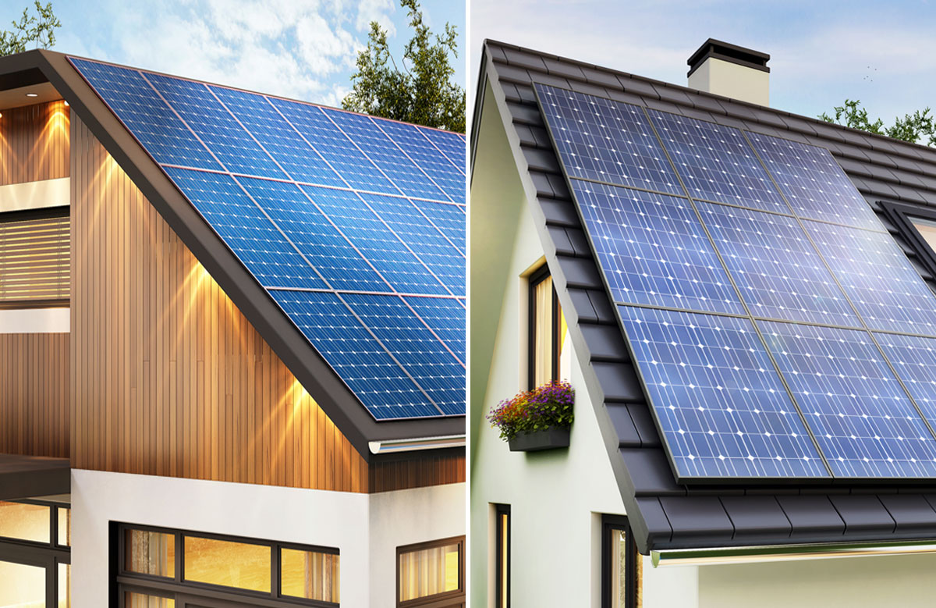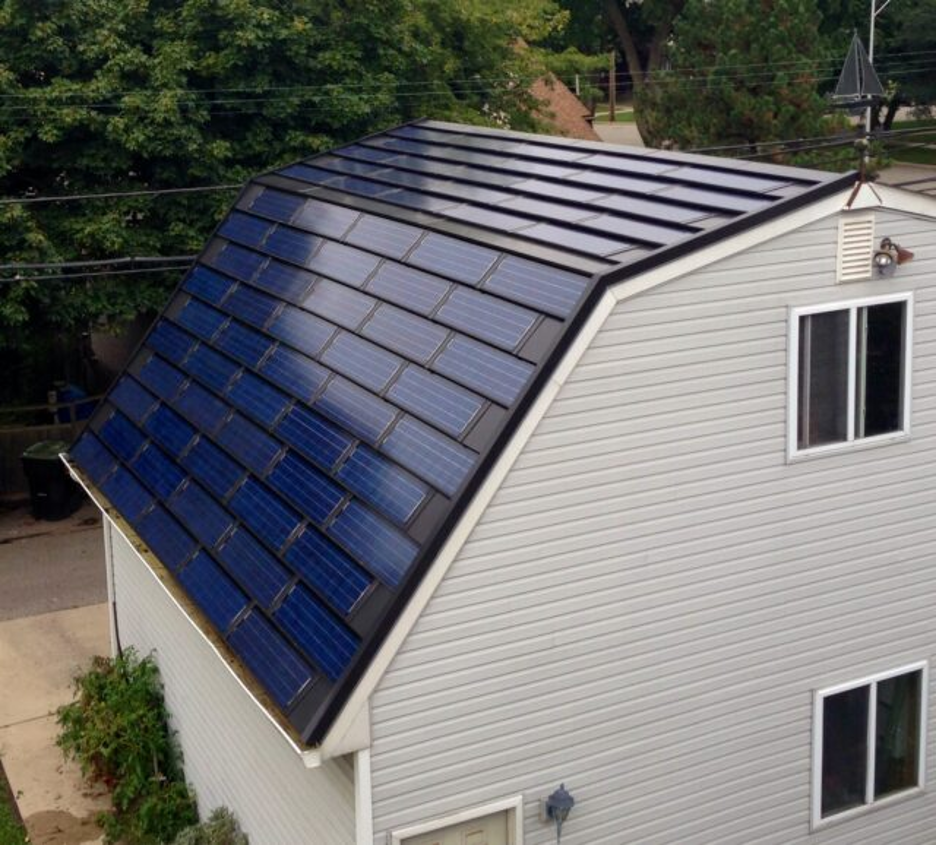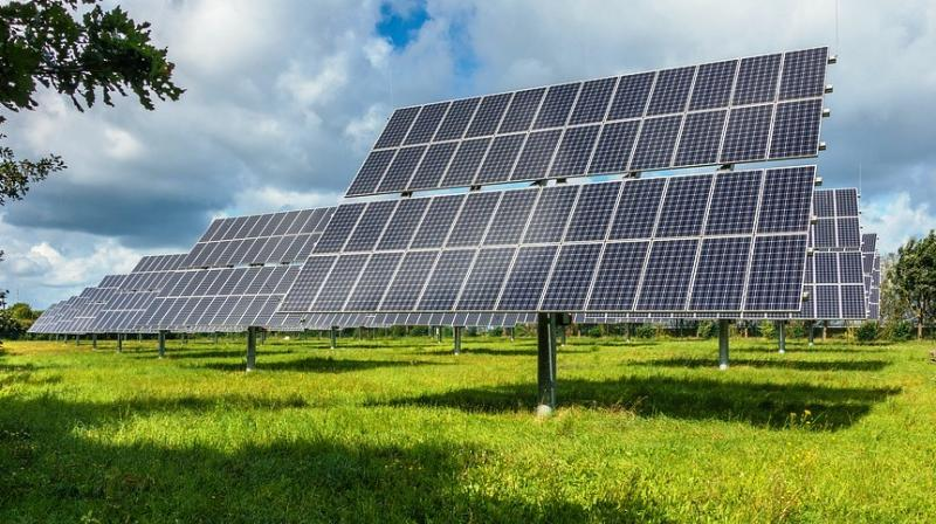The Efficiency and Performance of Solar Slate Roof Tiles Compared To Traditional Solar Panels
Introduction to Solar Roof Shingles
Solar power has emerged as a dependable and eco-friendly choice as the world seeks sustainable energy solutions. Conventional solar panels have always represented solar energy, but new developments have brought forth a cutting-edge substitute: solar slate roof tiles. This article compares the effectiveness and performance of solar slate roof tiles to those of conventional solar roof and install solar panels to show how they could revolutionize the solar energy industry.

The Fundamentals of Solar Shingles
Let’s quickly recap the basics of solar energy/shingles before getting into the details. Solar energy captures solar energy and transforms it into useful electricity. Solar panels and solar, sometimes called photovoltaic (PV) cells, are silicon cells that collect photons from the sun and produce direct current (DC) electricity. An inverter is then used to transform this electricity into alternating current (AC) power for daily use.
1. Traditional Solar Panels: A Time-Proven Method
Installing conventional solar panels has greatly aided the development of solar energy. They comprise several linked PV cells set on a sturdy frame. These panels are often put on rooftops or ground-based structures to maximize exposure to sunlight.
2. An Increase in Solar Slate Roof Tiles/ Solar Roof Tiles
Solar slate roof tiles offer an innovative replacement for conventional solar panels. These tiles merge aesthetics and practicality by perfectly integrating renewable energy with the existing roof. While producing clean power, they resemble conventional roofing materials like slate or tiles in appearance. Due to this development, solar energy is now more appealing to homeowners and architects that place a high value on aesthetics and design.
The efficiency of Traditional Solar Panels vs. Solar Slate Roof Tiles
Efficiency is a crucial factor to consider while assessing solar energy systems. Traditional solar roof tiles or solar panels today have average efficiency between 15% and 20%, thanks to substantial developments in solar technology over the years. Solar slate roof tiles, however, are quickly catching up, unlike solar panels. Thanks to developments in cell technology and manufacturing processes, contemporary solar slate tiles may produce energy with efficiencies comparable to those of conventional panels. Both solar panels have their own pros and cons.
Performance in Difficult Situations
Analysis of solar energy system performance under various conditions is crucial. Their effectiveness frequently decreases when traditional solar panels are subjected to shade, dirt, or snow accumulation. Solar slate roof tiles, on the other hand, are less impacted by shade because they are integrated into the roof. Their smooth surface also reduces dirt accumulation, assuring consistent performance. To ensure peak performance, it is important to remember that both systems benefit from routine upkeep and cleaning.

Arrangement and Integration
Traditional solar panel installation requires meticulous design and supplementary mounting frameworks to guarantee optimum inclination and orientation vs solar panels. No other mounting systems are required since solar slate roof tiles are a natural solar roofing element. They smoothly replace conventional roofing materials during installation, reducing time and expense. Additionally, the weather resistance and durability are improved by this connection.
Flexibility in Design and Aesthetics
Solar slate roof tiles’ ability to mix with a building’s architectural style is one of their many noteworthy benefits. These tiles give homeowners and architects design versatility due to their modern style and various colors and finishes. Traditional solar panels may not always match aesthetic standards, especially for historic or visually sensitive buildings, despite being still functional.
Durability and Longevity
The weather-resistant, solar cells and slate roof tiles provide exceptional longevity. They are intended to survive many years, typically as long as conventional roofing materials. Although conventional solar panels’ frames and glass surfaces can last for a very long time, they may eventually need to be repaired or replaced. It is important to note that both systems have warranties to give their owners peace of mind.
Expense factors

For many users, the price of solar energy systems is a key consideration. Solar Shingles cost more than conventional solar panels, but because they are integrated into the entire roof itself, ultimate installation costs are lower. Additionally, individuals looking for an aesthetically appealing solar system may find that the improved aesthetic appeal outweighs the price difference. Solar slate roof tiles are anticipated to decrease in price over time as technology develops and economies of scale take effect.
Conclusion
Solar panel system is still transforming how we run our homes and companies. Conventional solar panels have facilitated solar energy adoption, but solar slate roof tiles offer an appealing substitute. For those looking for a harmonic fusion of sustainability and style, solar slate roof tiles offer an attractive alternative to solar tiles with comparable efficiency, improved aesthetics, seamless integration, and longevity. We may anticipate solar slate roof tiles to further establish their place as a prospective participant in the solar energy environment as technology and production develop.
